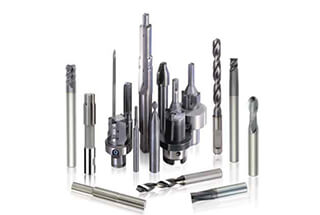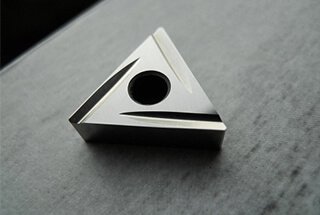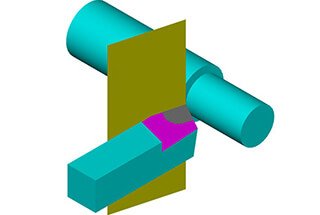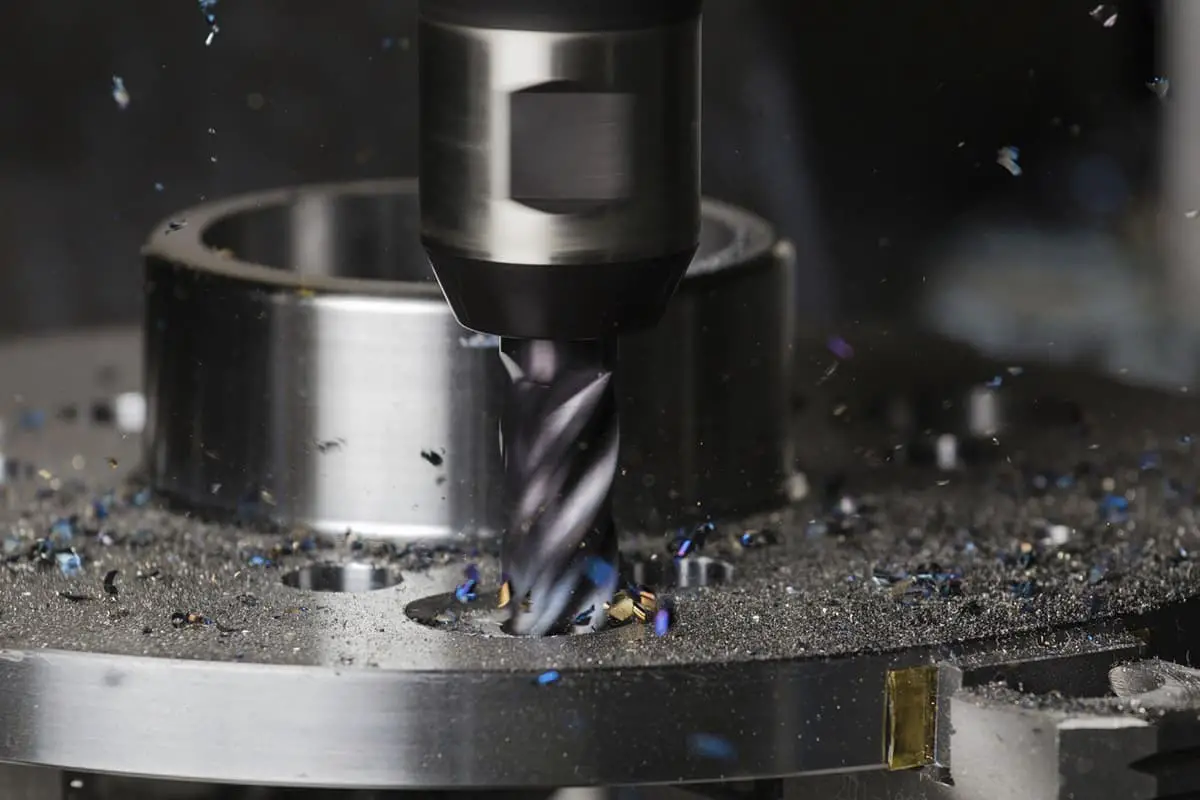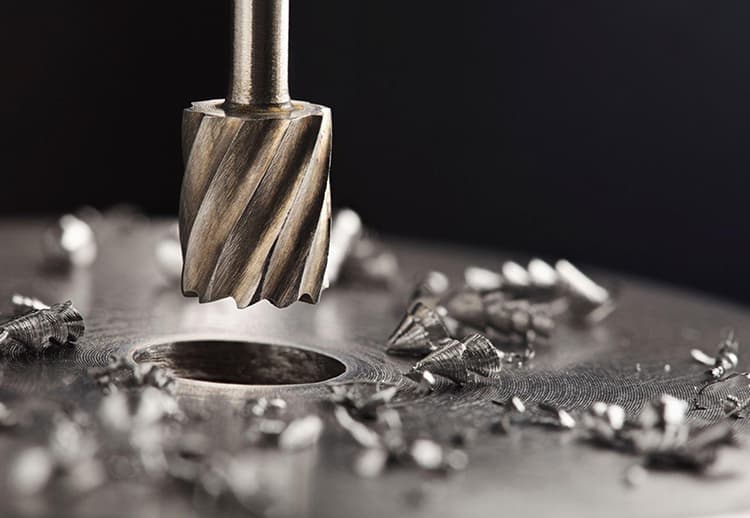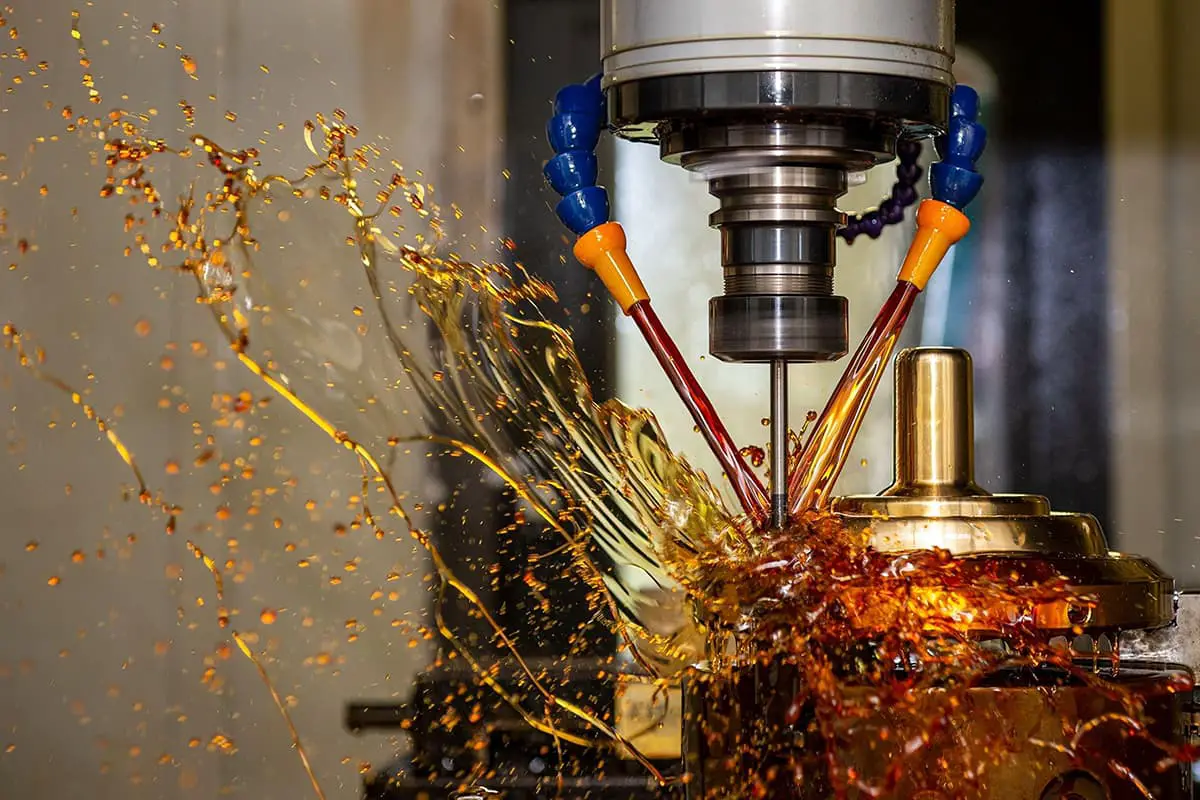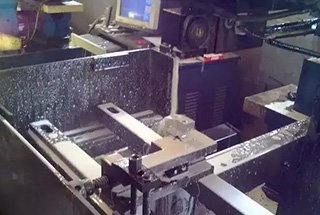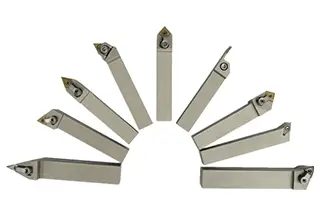
Have you ever wondered how to judge cutting temperature just by looking at iron chips? In metalworking, the color of iron chips can reveal crucial information about the temperature and efficiency of your cutting process. This article explains how to interpret these color changes—from silver white to purple black—and what they mean for tool performance and cutting parameters. By understanding these indicators, you can optimize your cutting techniques and improve productivity. Dive in to discover how color can be your guide in metal cutting.
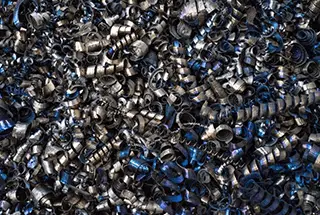
In metal cutting, the cutting temperature is typically judged based on the cutting of steel.
Typically, during normal dry cutting, it is considered normal for iron chips cut from steel to appear purple.
The change in chip color is indicative of the conversion of most of the energy consumed in the cutting process into cutting heat.
This process can also be thought of as the progression of tool degradation (sharpness → passive dullness → severe dullness → scrapping).
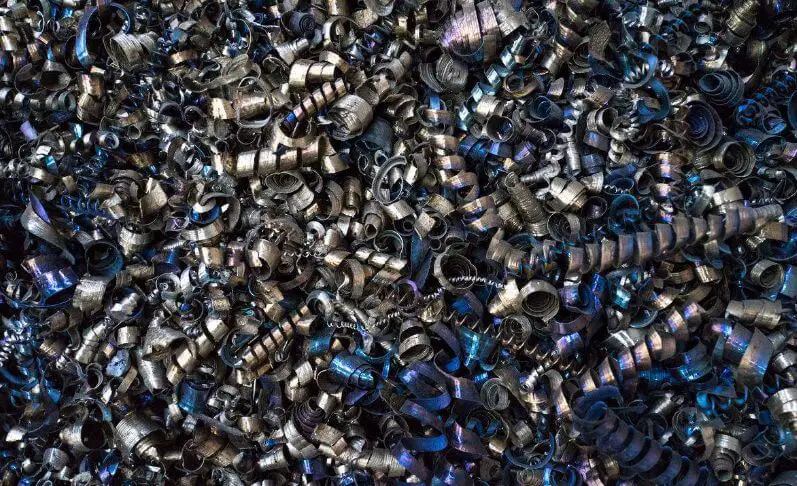
The term “cutting temperature” typically refers to the average temperature.
During dry cutting, the temperature can range from approximately 200℃ to over 500℃.
The color changes of iron filings are as follows: silver white → light yellow → dark yellow → crimson → dark blue → blue gray → gray white → purple black.
It is a common practice for experienced technicians to determine the cutting parameters based on the change in cutting color.
It is considered more efficient when the cutting color is blue or blue purple.
If the color is silver or yellow, the efficiency is not optimal.
If the color is blue gray, it indicates that the cutting amount is too large.
When using high-speed steel cutting tools, it is ideal to cut to silver white or yellowish.
If the cutting color is blue, it may be necessary to reduce the cutting speed or feed.
The relationship between chip color and cutting temperature is as follows:

